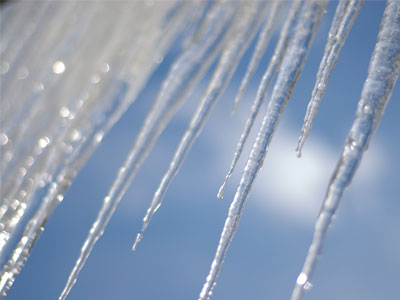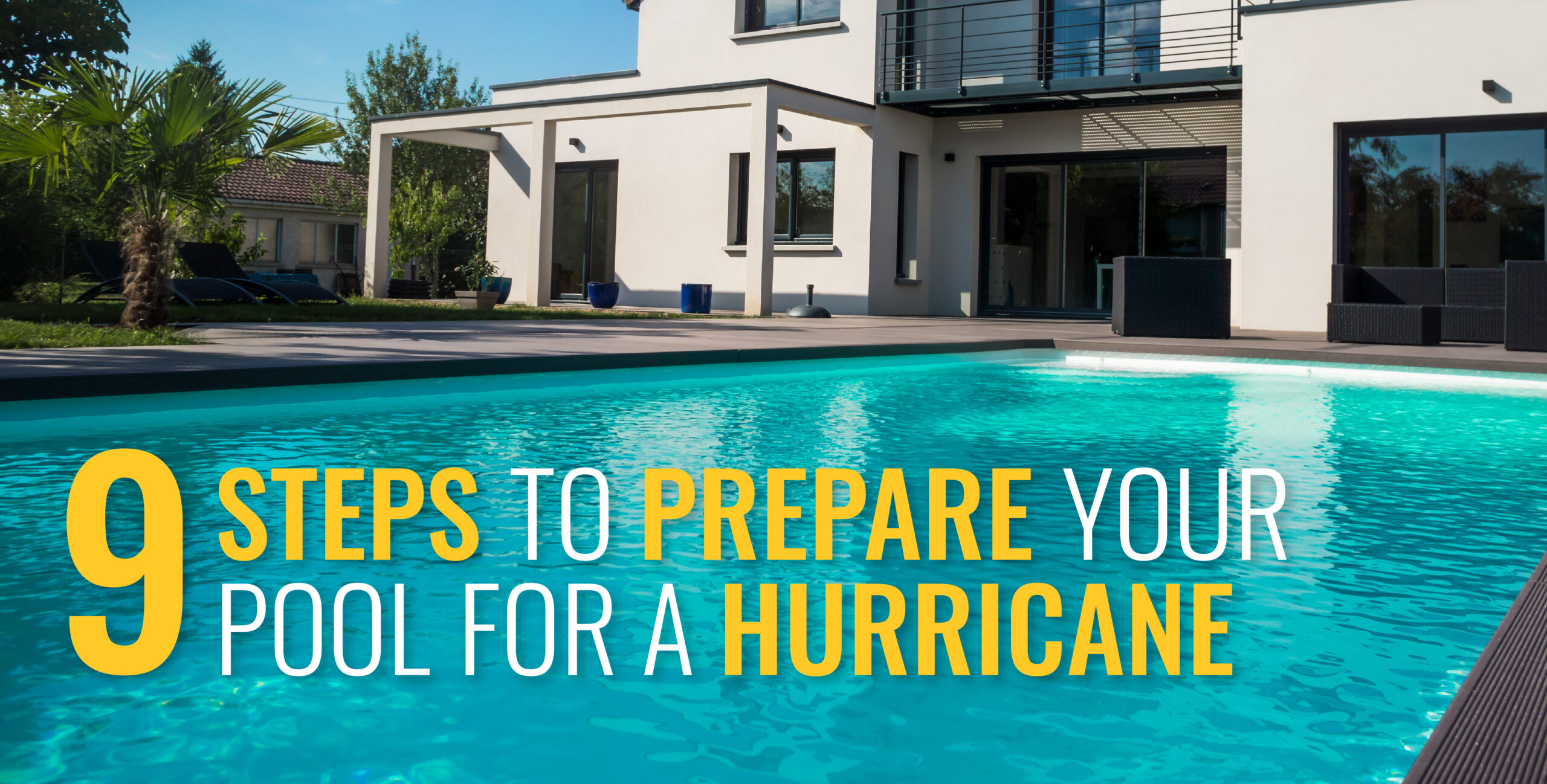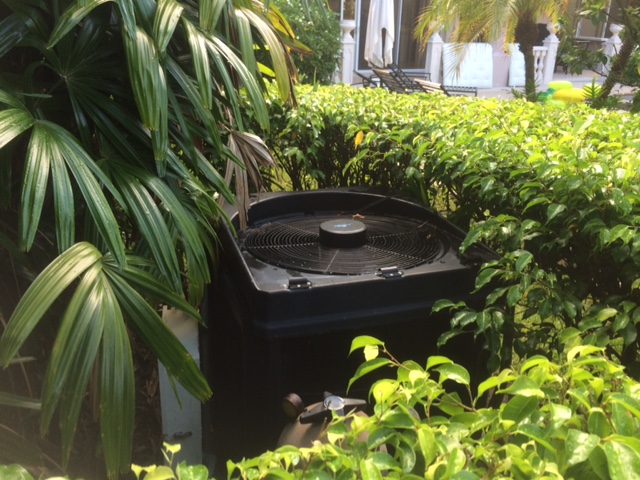As hurricane season approaches, it's crucial to ensure the safety of your property, including your…

Why Is My Swimming Pool Heat Pump Covered in Ice? A Troubleshooting Guide
One very common question asked by first-time swimming pool heat pump owners particularly by those living in colder climates is: Why is my unit covered in ice? Having serviced heat pumps for over 30 years, we at AquaCal know not only what causes this ice formation, but also how to prevent it from damaging your unit.
How Ice Forms on a Heat Pump
In order to explain how ice forms on a heat pump, we first need to clarify two points of a heat pumps operation:
- When a heat pump operates, its evaporator coil constantly rises and drops in temperature as the refrigerant inside it collects and releases heat. When it falls in temperature, condensate water forms on it. In fact, a heat pump typically produces about one gallon of condensate water per hour of operation.
- When air flows through a heat pump, it passes over the evaporator coil and drops in temperature by 9° to 18°F (5° to 10°C) as its heat is collected by the evaporator coils refrigerant.
So, when air below 50°F (10°C) passes through your heat pump, it can cool to below 32°F (0°C) and freeze the condensate water on the evaporator coil.
How to Prevent Ice from Damaging Your Heat Pump
Ice buildup can block airflow to your heat pump, which can result in damage to its internal components. You should therefore take all steps necessary to prevent ice from collecting on your heat pump.
Many heat pumps are designed to automatically shut off when the air temperature falls below 50°F (10°C) and to start again when the air temperature rises back above 50°F (10°C). Some heat pumps, like AquaCals IceBreaker, have defrosting systems that automatically activate when the units become disabled by ice. Some heat pumps, however, are not equipped with an automatic shut off or defrost feature. These heat pumps need to be manually disabled.
Furthermore, heat pumps are most likely to develop ice during the coldest parts of the day. You should therefore avoid running your heat pump late at night and early in the morning, especially during winter months.
Hopefully this article helps you better understand your heat pump. If you still feel uncomfortable about the ice covering your heat pump, you can always contact a licensed heat pump professional. Feel free to leave any questions or comments below!




I have an Aquacal Heatwave pool heater. I live in Florida so there’s little to no water freeze potential on my heat Pump. On day I notice that the top of the heat exchanger on what appears to be a freeze plug shooting water under pressure when the pool pump is on. I shut down the system and removed this plug and noticed that the sun may have deteriorated (Plastic) tip of this plug to the point that pump pressure was able to sever the tip off.
Are these plugs available for replacement???
Good Afternoon Mr. Garcia,
Hope you are doing well. That part is the hose barb for the Water Pressure Switch inside the heater. You will probably see a small diameter clear tubing floating inside the unit that has the tip in it. The part number you need to replace that is the PLS2642. Please send us you zip code & we will find a dealer near you.
Thanks
Robert Brown
Customer & Tech Support
I have a problem with my water heater also. It keeps freezing. When you talk about the filter do you mean the main filter or is there a filter in the heater. I tried what you said and even turned off the heater for a few days for it to unfreeze but it's frozen again. Is there any kind of liquid that needs to be topped up? Pleas help I'm desperate and I don't have anyone close to here to help.
Thank you
Lyne
Good afternoon,
It sounds like you might have a restriction in the refrigerant circuit, please contact us to schedule service. Thank you!
I had a same problem last year with the heat pump of mine and then i did a short search on web for it's solution, Got to your site and tried out some of your instruction to troubleshoot ice problem and with little bit of effort and concentration i was out of that problem and from that day i never faced that issue ever again. Keep sharing us these technical problem solution so we can stay away from problems.
We are happy to hear that you were able to find a solution to your problem Nathan, we do articles about trouble shooting very often. Thank you!